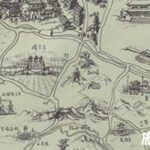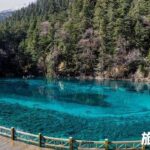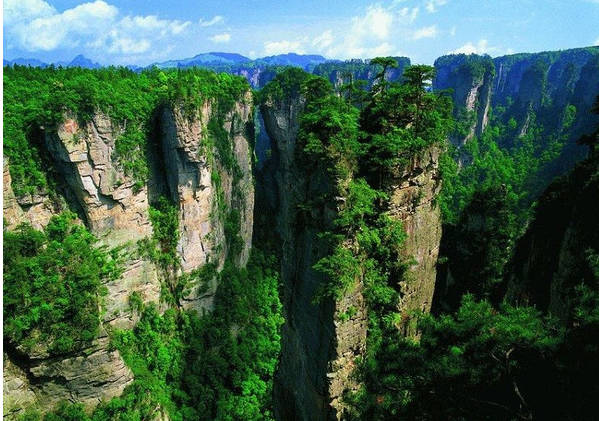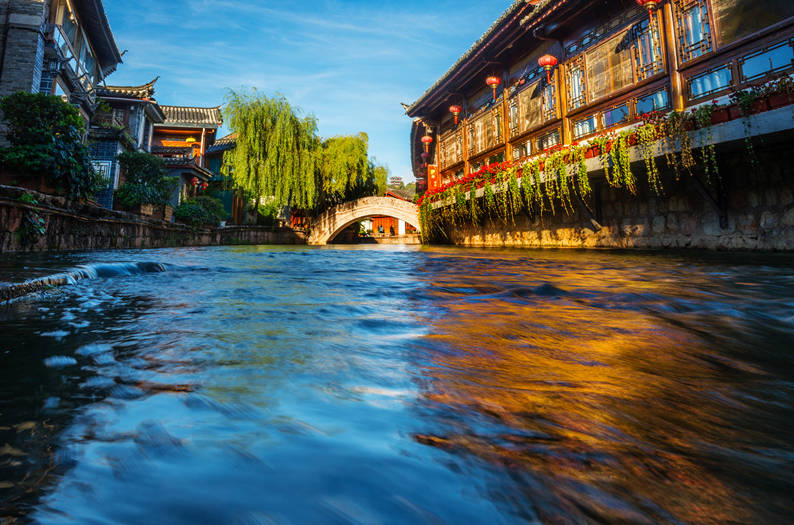Climate: Qinghai Lake has a plateau continental climate with abundant sunlight and strong solar radiation; winters are cold and summers are cool, with a short warm season and a long cold season. Spring often experiences strong winds and sandstorms, while rainfall is scarce, occurring mainly from May to September.
- Sunlight: The lake area enjoys over 3,000 hours of sunshine annually, about 700 hours more than areas to the east of Qinghai at the same latitude, with a sunshine percentage of 68-69%. The total annual radiation ranges from 171.461 to 106.693 kilocalories per square centimeter, surpassing northern China and the Loess Plateau by 10-40 kilocalories per square centimeter.
- Temperature: The eastern and southern areas are slightly warmer, with an average annual temperature ranging from 1.1°C to 0.3°C. The western and northern areas are cooler, with average annual temperatures between -0.8°C and 0.6°C, average maximum temperatures of 6.7°C to 8.7°C, and average minimum temperatures of -6.7°C to 4.9°C. Extreme maximum temperatures reach 25°C and 24.4°C, while extreme minimums drop to -31°C to -33.4°C.
- Moisture: The area receives limited rainfall. The eastern and southern parts receive slightly more than the northern and western regions, with annual precipitation of 412.8 mm in the east, 359.4 mm in the south, 370.3 mm in the northwest, and 360.4 mm and 324.5 mm in the west. The annual evaporation reaches 1,502 mm, significantly exceeding the precipitation. Rainfall shows substantial seasonal variation, primarily concentrated from May to September.
- Strong Winds and Sandstorms: The lake area experiences some of the highest occurrences of strong winds and sandstorms in the province. From February to April, strong winds often occur in the afternoons and evenings, predominantly from the northwest. For instance, in Gangcha, strong winds (≥17 m/s) average 47.3 days per year, with February to April seeing the most days, averaging 5.9 to 9.3 days, peaking in March at 19 days. The average number of sandstorm days is 14. The protected area near Buha River’s mouth—Bird Island—often experiences strong northwest winds, reaching forces of 9-10. Due to the high elevation of the lake, strong westerly winds prevail, with maximum wind speeds occurring in winter and spring and reduced speeds in summer and autumn. Under windy conditions, waves typically range from 2 to 3 levels, with a maximum of 7 to 8 levels, and there are approximately 40 days annually where wave levels exceed 6.
- Water Temperature: The water temperature in Qinghai Lake varies seasonally. In summer, a distinct thermocline appears, with maximum temperatures in August reaching 22.3°C and an average of 16°C. The lower water layers are cooler, averaging 9.5°C, with a minimum of 6°C. In autumn, strong winds mix the water, eliminating thermal stratification. In winter, the lake surface freezes, leading to an inverse temperature layer; in January, the temperature just below the ice is -0.9°C, while the bottom layer is 3.3°C. After thawing in spring, surface temperatures gradually rise back to summer levels.
- Ice Conditions: Due to the presence of inorganic salts, the freezing point of Qinghai Lake’s water is slightly below 0°C. From mid-November, temperatures drop below 0°C, with the lowest temperatures occurring in January, resulting in a stable ice cover. The average ice cover period is 108 to 116 days, with the shortest being 76 days and the longest 138 days. Ice thickness typically reaches 40 centimeters, with a maximum of 90 centimeters. After freezing, the ice surface can crack due to strong winds. Visiting in winter offers breathtaking views of the white landscape glistening in the sunlight. By mid-March, the ice cover begins to break, leading to floating ice on the lake, with large icebergs reaching the shore, some up to 10 cubic meters in volume. By mid-April, all ice has melted.
Pages: 1 2









